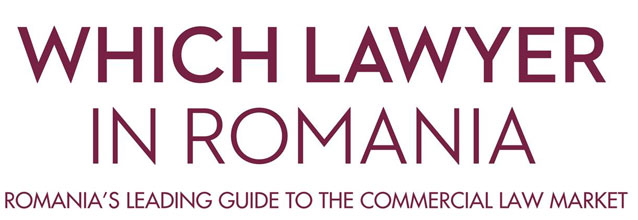
While non-performing loan portfolio disposals picked up in 2016 with just over EUR 7 billion face value of completed deals in the CEE region (based on publicly available deal information), the enhanced debt sales market activity continued in 2017, according to the sixth edition of Deloitte's report on non-performing bank loans (NPL).
The most active CEE markets with the highest volumes of portfolios sold in recent years were Romania, Hungary, Croatia as well as Slovenia shows the report issued by Deloitte. Although corporate NPLs are still the most actively traded loan portfolios, some investors have already turned their interest towards residential mortgages.
Considering the twelve countries in the CEE region (excluding Ukraine and Bosnia & Herzegovina) covered by Deloitte’s report, the volume of non-performing loans saw a considerable decrease from EUR 51 billion in 2015 to EUR 44 billion in 2016. Together with Ukraine and Bosnia & Herzegovina the volume of NPLs amounted to EUR 61 billion in the CEE region as of end-2016. The Ukrainian banking sector is heavily impacted by non-performing loans accumulated during the economic and political crisis.
"Activity of NPL markets continued at an increased pace in Central and Eastern Europe. An already mature market in CEE region, Romania has continued to be one the leaders of NPL transactions during both 2016 and 2017. This is mainly the result of the fact that NPL disposals processes started way ahead of other countries in CEE,” said Radu Dumitrescu, Head of Transaction Services in Deloitte Romania.
“The improving macroeconomic conditions as well as the upsurge of real estate markets remained the main catalysts for non-performing loan sales in the CEE region in 2017. Regulators and local authorities in many geographies developed measures to urge financial institutions to dispose distressed as well as non-core assets. I expect yearly levels of NPL transactions in CEE to decrease in the next years, considering the fact that main countries in the region are reaching NPL levels that are closer to EU average. Although international investors are expected to start focusing on Mediterranean area (Greece, Cyprus, Italy) in the forthcoming years, those with CEE presence will continue to be very active in the region and will be looking to consolidate their positions locally as NPL stock is not “negligible” for them.
Changes related to taxation and the GDPR implementation are the main factors that will influence the Romanian NPL market in 2018.
"The first part of the year will most probably witness extremely low level of transactions as most of the sellers are very likely to put on hold transactions until situation will clarify. However, I expect in the second half of the year the NPL disposal processes to re-start and banks to continue to dispose NPL portfolios. Another aspect to watch for in the forthcoming years in Romania is definitely the development of the secondary NPL market and “large cases” transactions.”
Deloitte predicts that the sale of non-performing assets will remain the most common deleveraging option among banking industry players in the CEE region in 2018. However, with a number of corporate NPL transactions completed in the recent past, sale of residential mortgage portfolios is expected to increase in many countries. In the long run, the NPL activity in CEE is expected to gradually subside as incumbent banks will wind down their existing NPL volumes to a sustainable level. Deloitte also predicts that the activity of secondary NPL markets will increase in the forthcoming years. Besides this, market of performing bank loan (PL) transactions and banking entity deals are expected to pick up in alignment with the long-awaited consolidation of the fragmented CEE banking markets.



 March 01, 2018 14:22
March 01, 2018 14:22 










